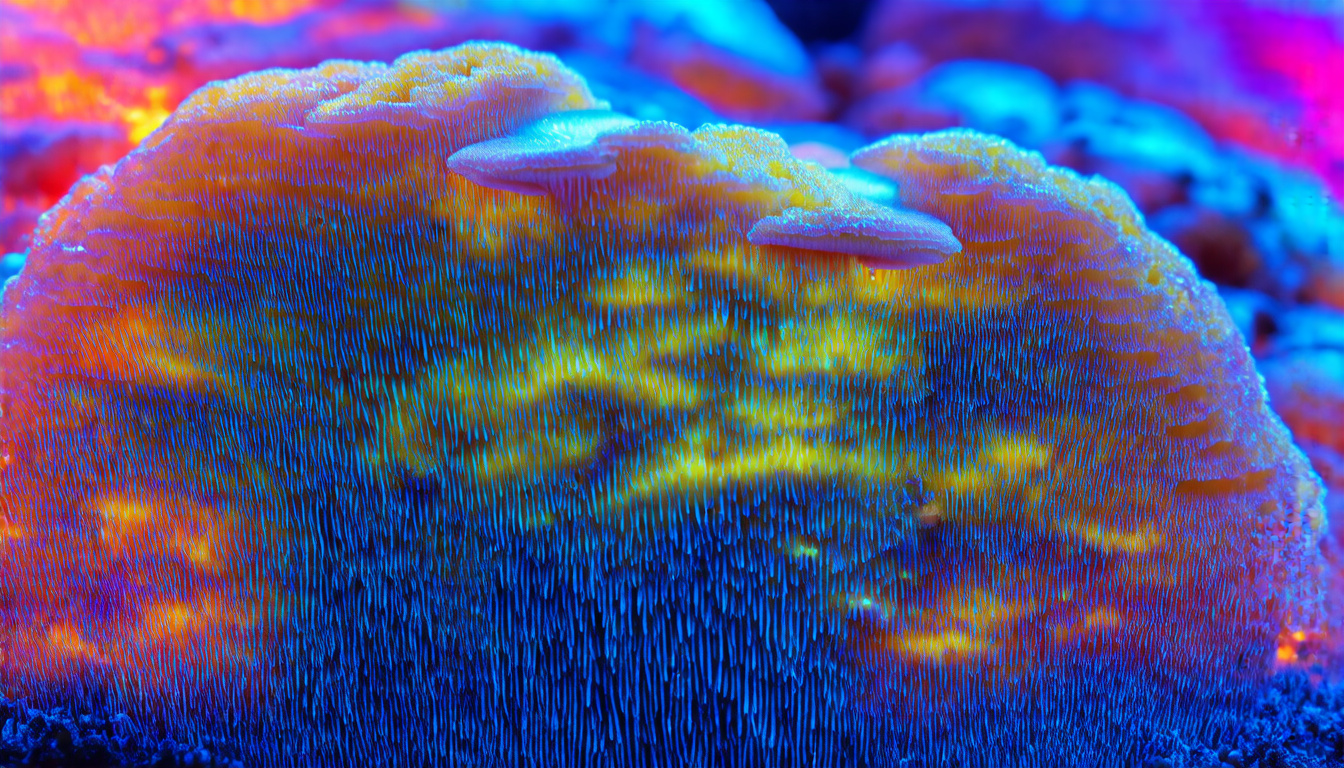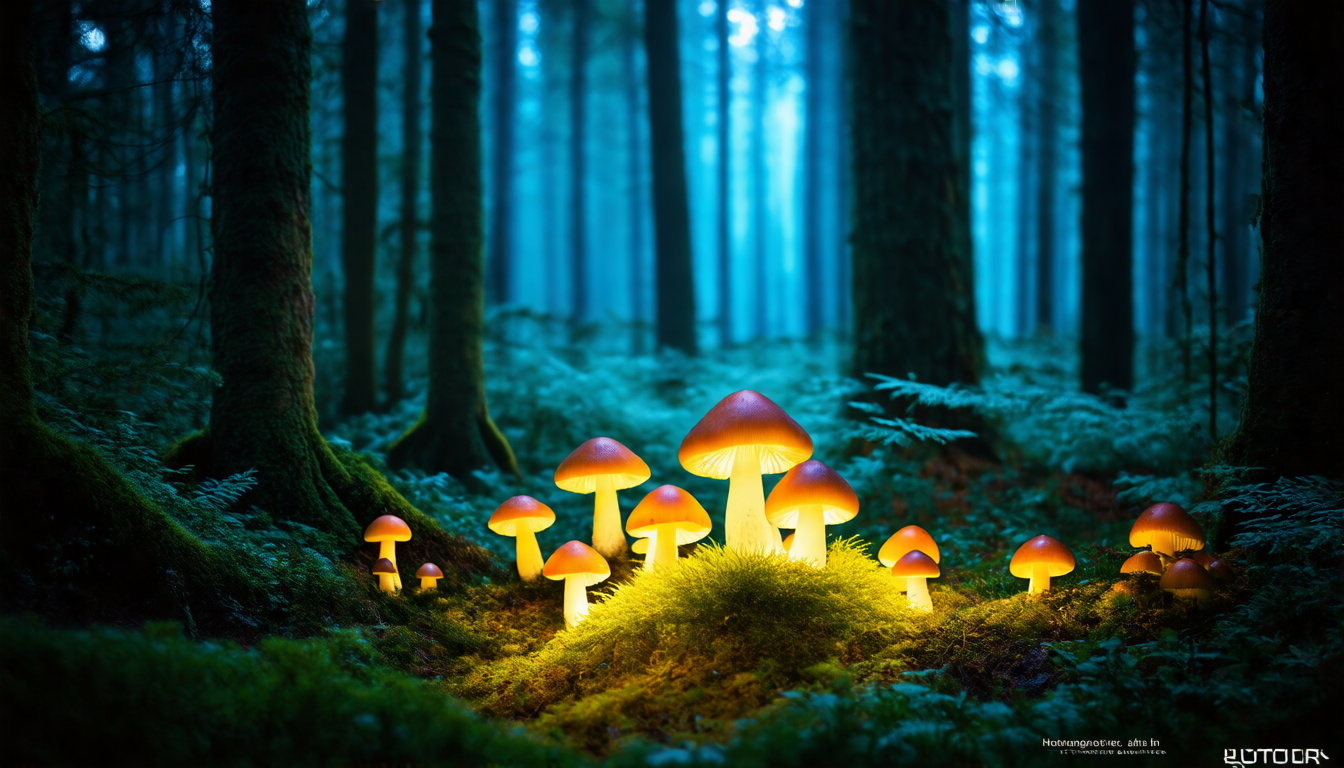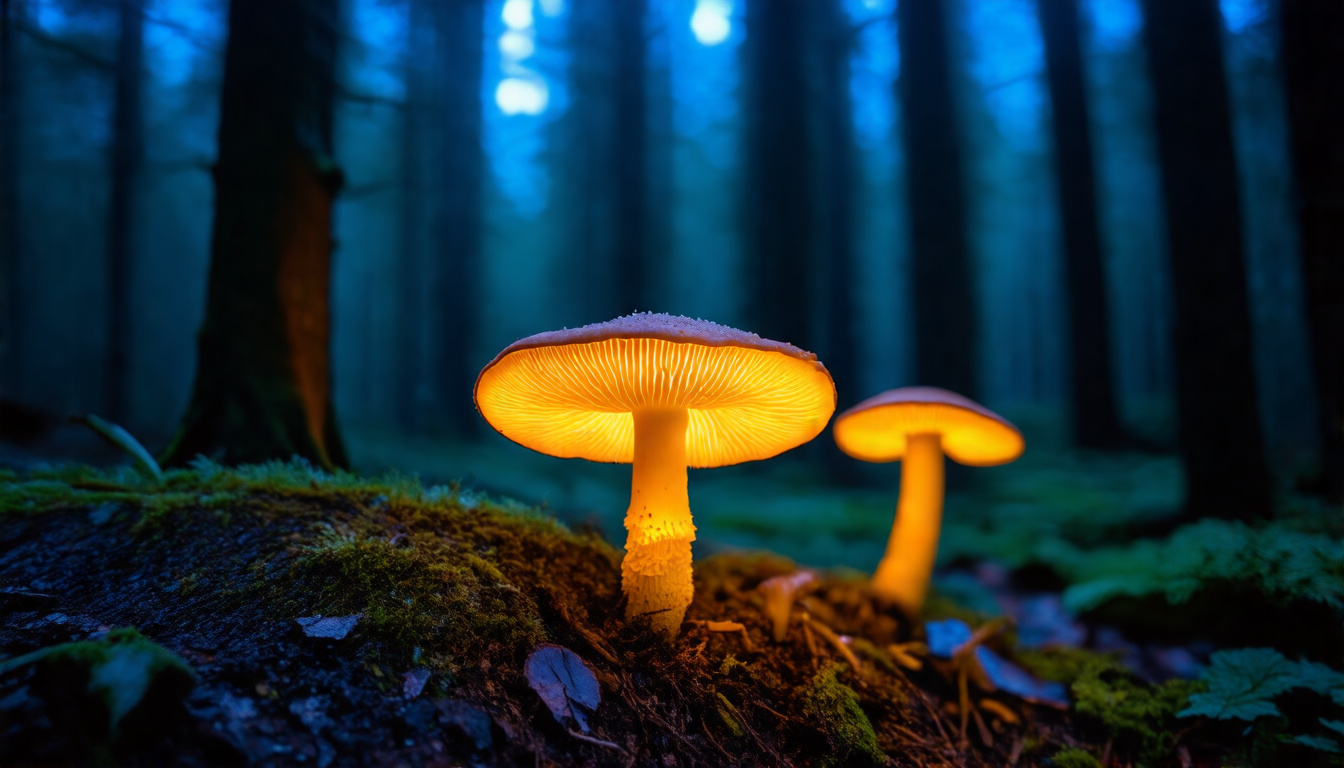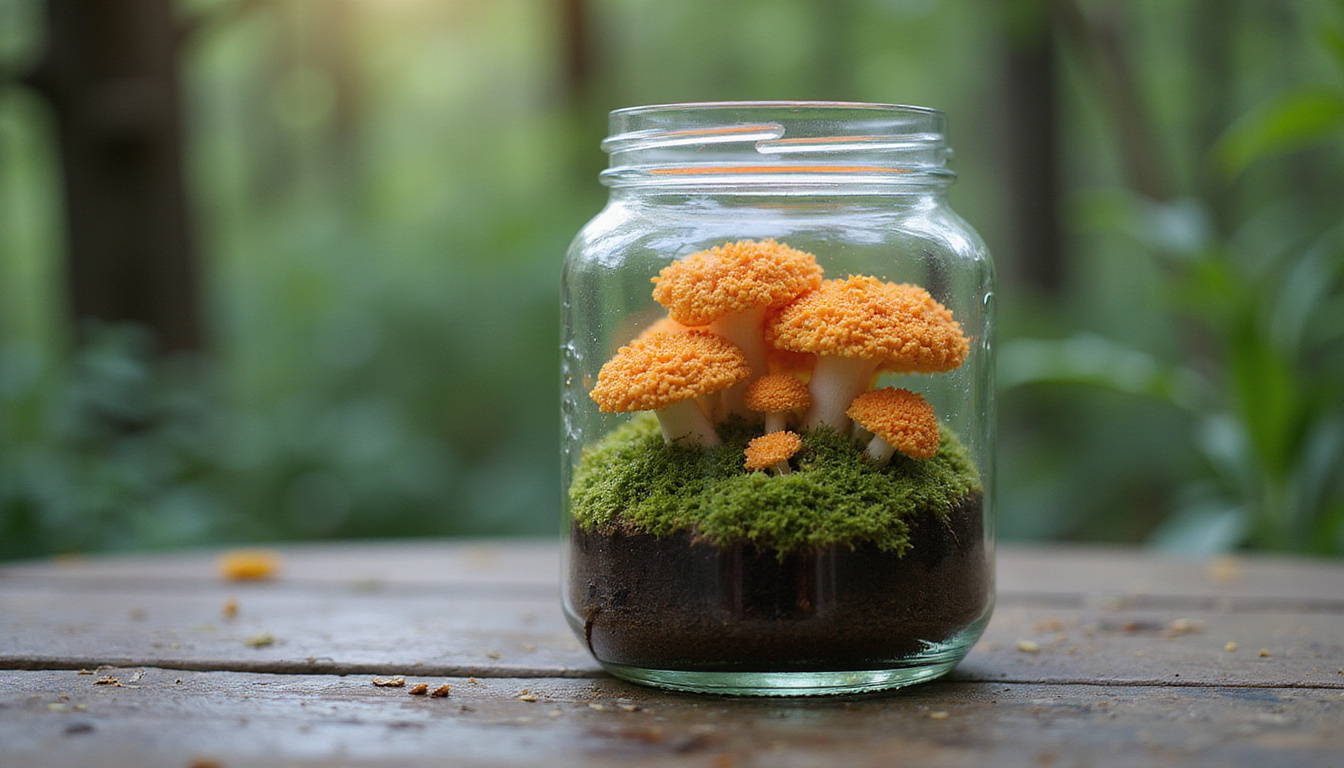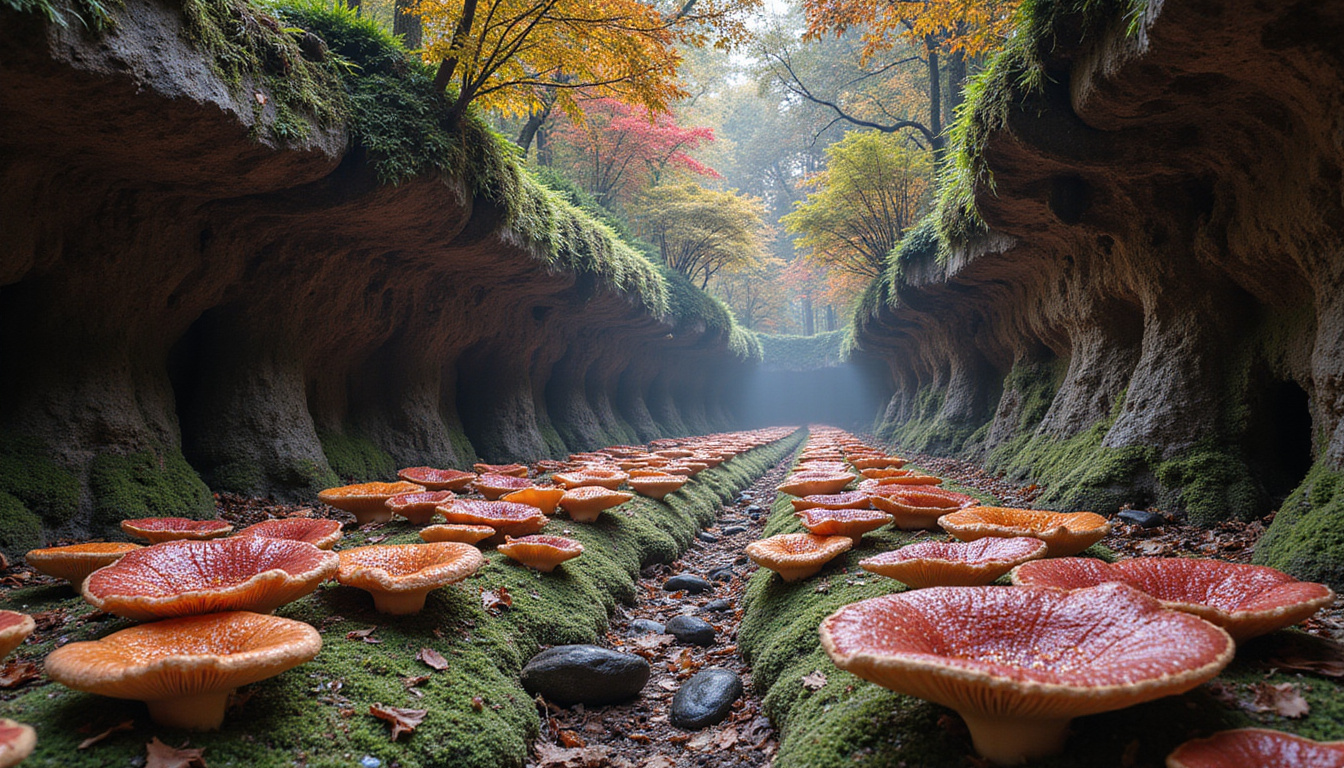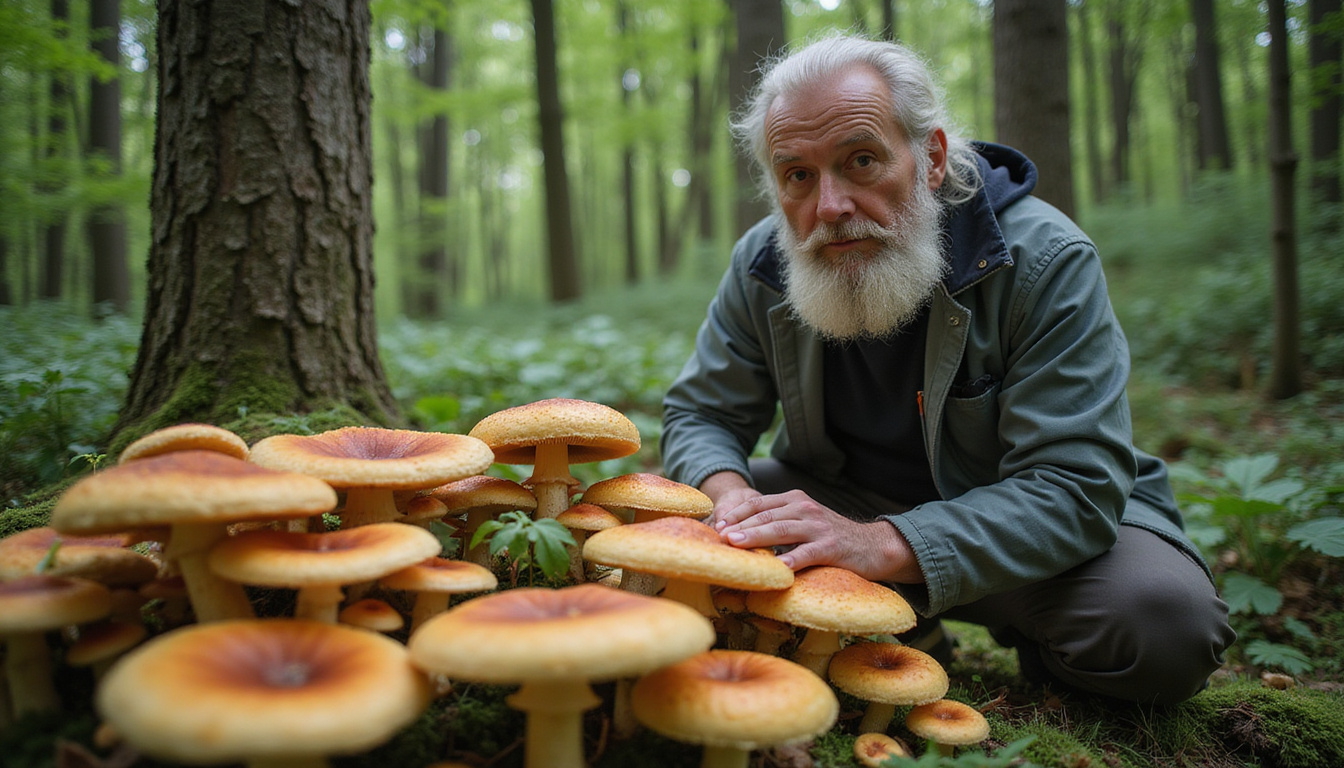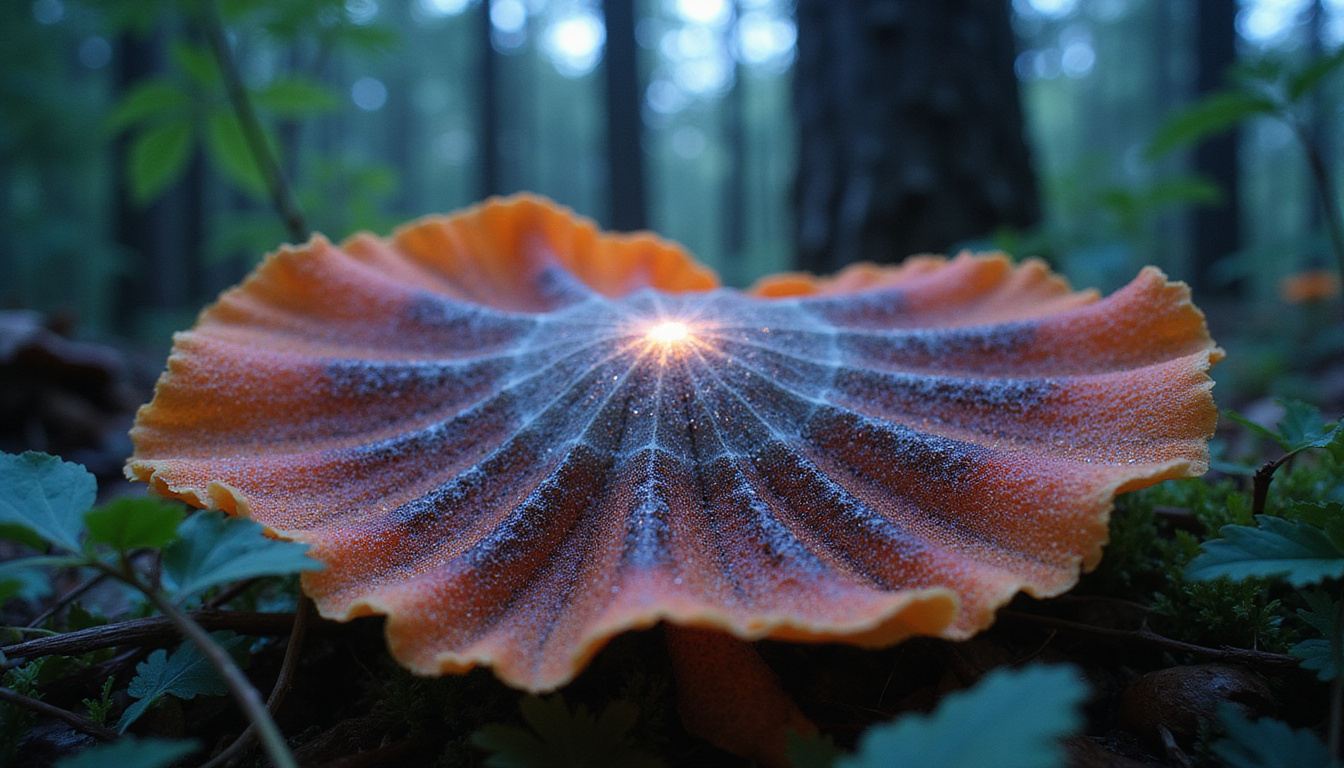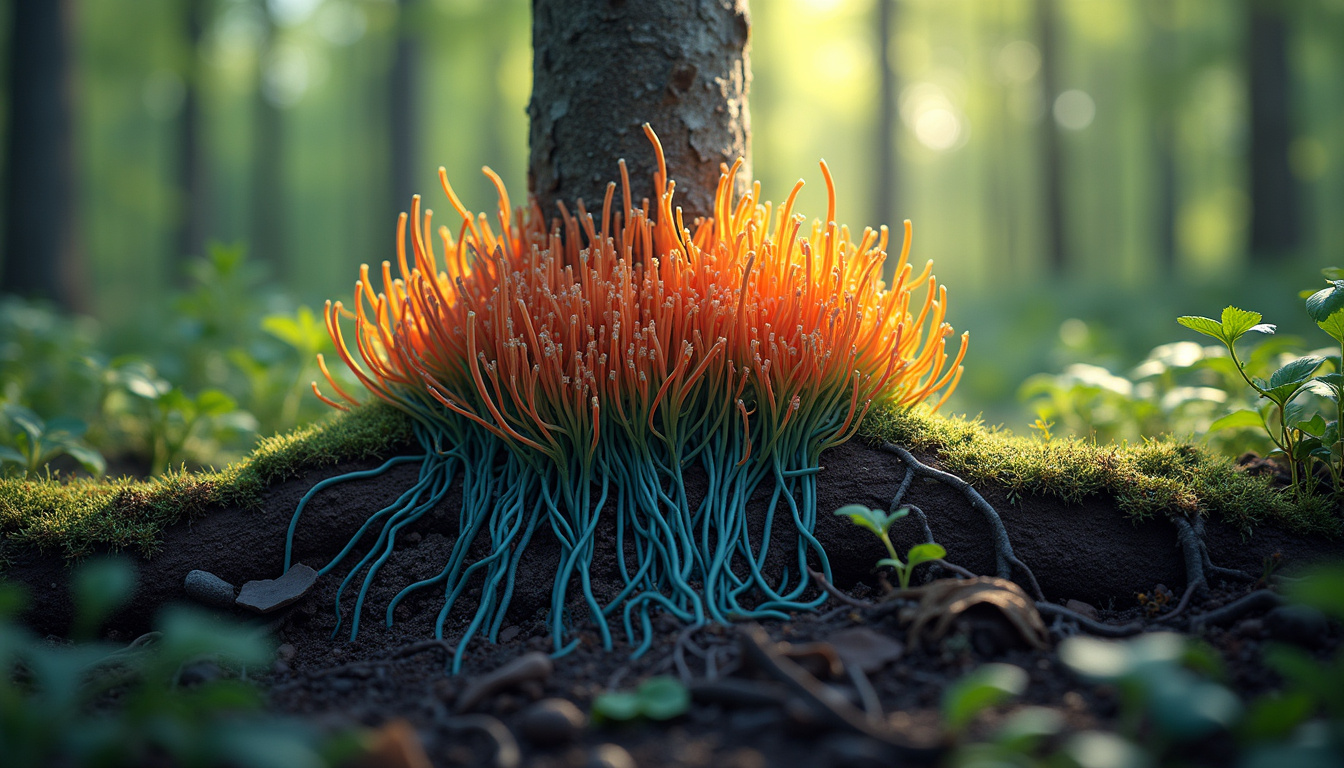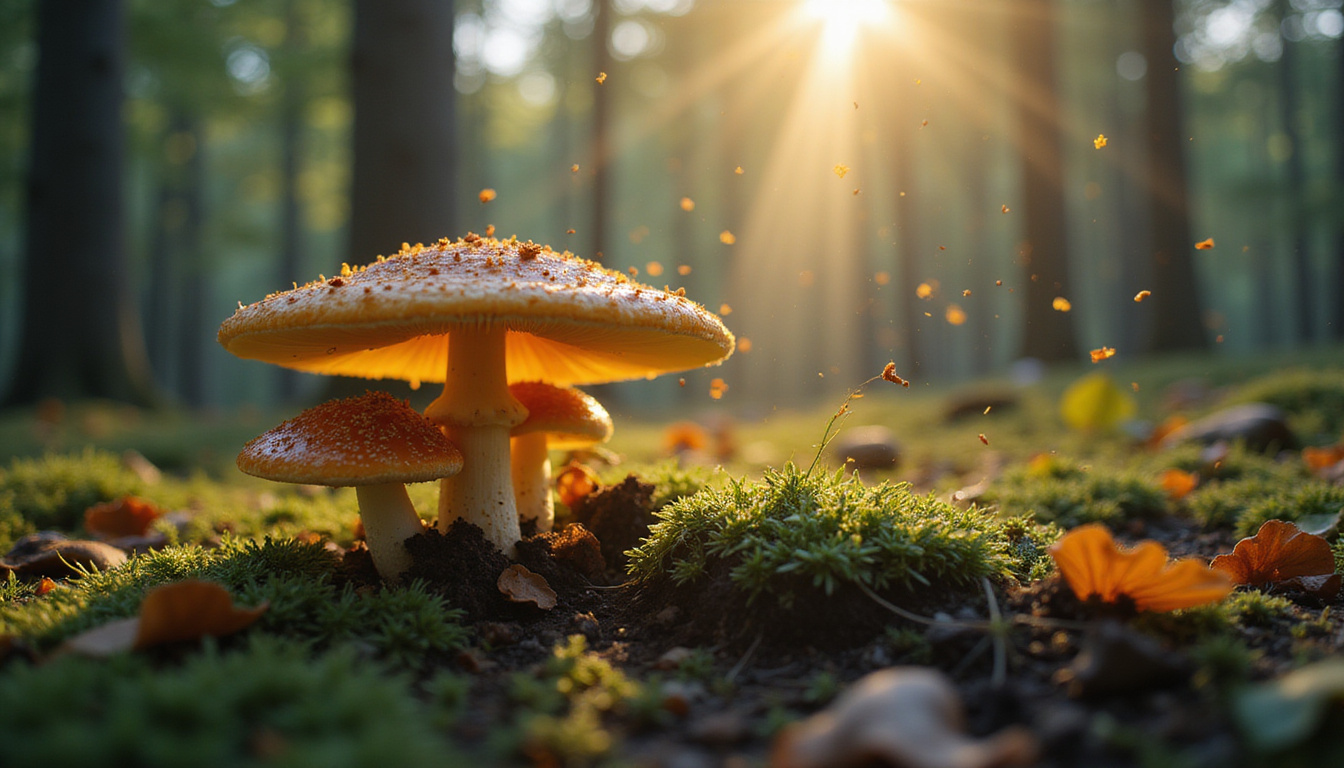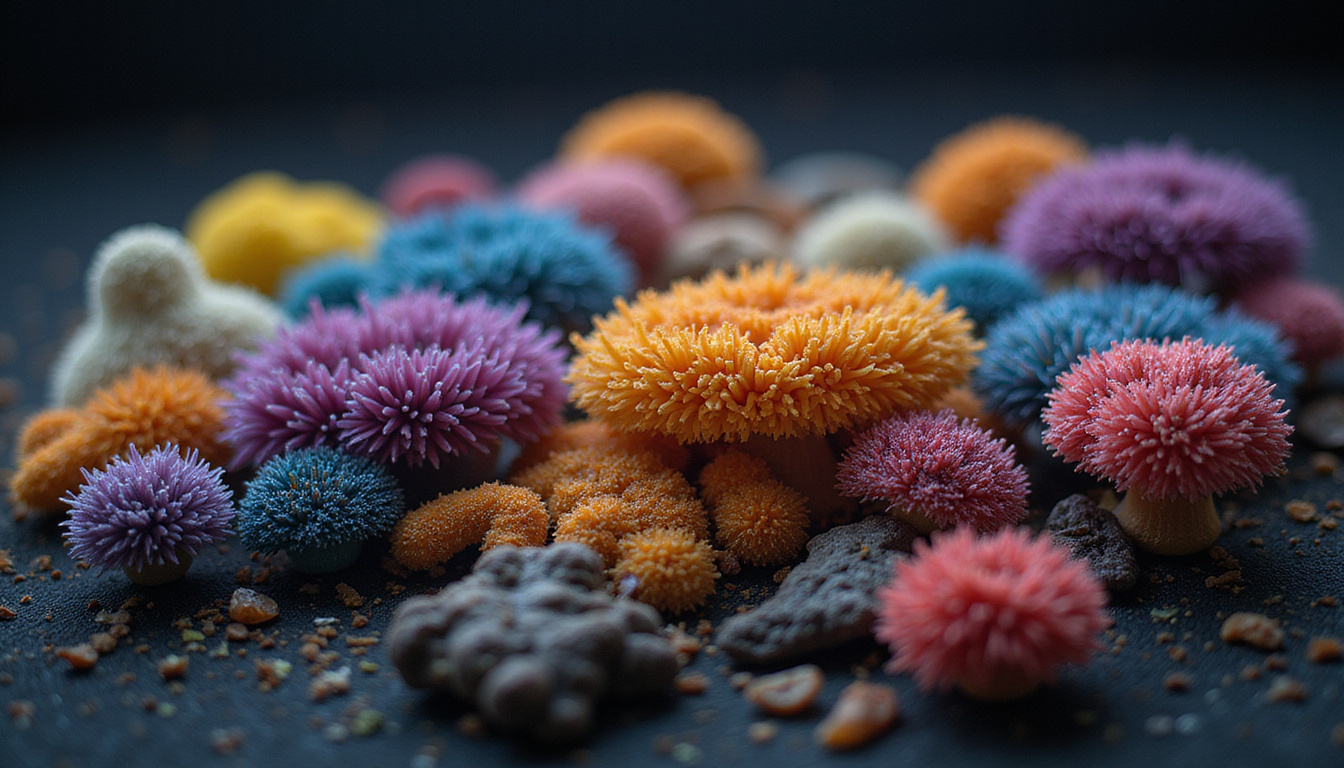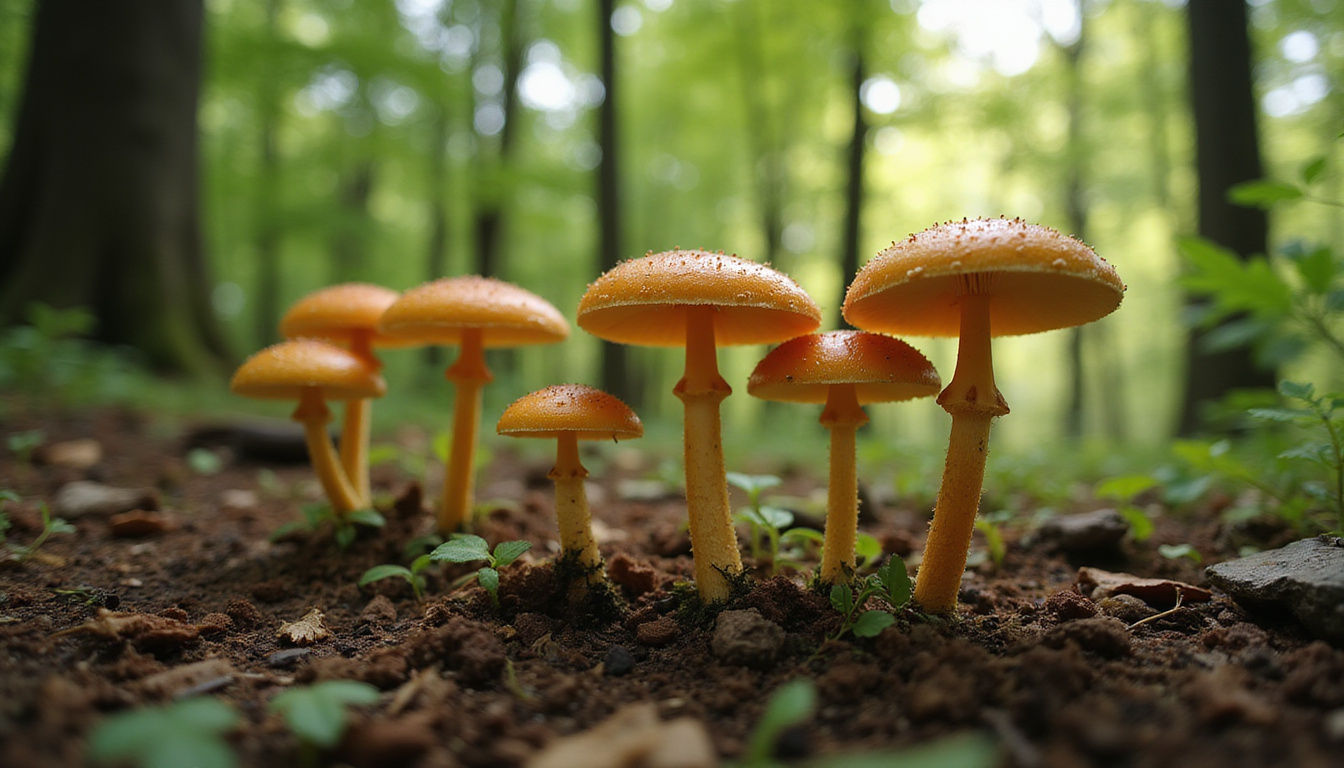If you’re keen on growing your own psychedelic mushrooms, a magic mushroom spores kit can serve as a solid start.
These kits supply you with all the key items for safe and effective growth.
Success relies on knowing the spores, following clear methods, and keeping your area sterile.
This ultimate guide walks you through what you need to know about magic mushroom spores kits and safe ways to grow a healthy crop.
What Is a Magic Mushroom Spores Kit?
A magic mushroom spores kit holds a syringe or vial filled with spores from psychedelic mushrooms like Psilocybe cubensis.
Spores are tiny seeds.
They do not contain psilocybin.
This means many places allow you to have them.
Enthusiasts use spores for research or close study.
The kit typically includes:
- A syringe with spores in sterilized water
- Substrate material (for example, sterilized brown rice flour or vermiculite)
- A growing container (like a plastic box or jar)
- Instructions that guide you through inoculation and growth
Using a magic mushroom spores kit is ideal for beginners because it streamlines setup and minimizes special material needs.
Understanding the Importance of Safe Cultivation
Magic mushroom cultivation needs a clean and sterile space.
This care stops harmful molds, bacteria, or fungi from taking hold.
Contaminated mushrooms bring health risks, such as allergies or infections.
Safe practices also boost yield and potency.
You should watch closely:
- The cleanliness of your workspace and tools
- Humidity levels and temperature
- Airflow and light exposure
- How you prepare the substrate
Neglecting these practices can spoil batches and create hazards.
Step-by-Step Guide to Growing Mushrooms Using a Magic Mushroom Spores Kit
Below is a simple outline to use your kit safely and well:
1. Prepare Your Workspace
• Clean your area with disinfectant.
• Wash your hands and, if you can, wear gloves.
• Wipe down all tools and surfaces with isopropyl alcohol.
2. Inoculate the Substrate
• Shake the spore syringe thoroughly.
• Pierce the substrate (usually sterilized brown rice flour cakes or a similar medium) with the syringe needle.
• Inject the spores slowly into the substrate while you avoid any contamination on the surface.
3. Incubate the Substrate
• Place the inoculated substrate in a dark, warm place.
• Keep the temperature between 75°F and 80°F (24°C to 27°C).
• Hold the humidity near 90% during colonization.
• White mycelium growth should spread through the substrate in 1–2 weeks.
[h3]4. Fruiting Phase[/h3]
• Move the substrate to a fruiting chamber once it is fully colonized.
• Increase fresh air in the chamber.
• Lower the temperature to about 70°F (21°C).
• Boost light exposure to 12 hours per day.
• Mist regularly to keep humidity at 85–95%.

5. Harvest the Mushrooms
• Harvest the mushrooms when the caps open, before the spores drop.
• Cut the mushrooms at the base with sterile scissors.
• Dry them completely if you wish to store them later.
Key Safety Tips When Using a Magic Mushroom Spores Kit
When you work with a magic mushroom spores kit, keep these tips in mind:
• Always sterilize tools and containers before use.
• Use clean gloves to reduce contamination.
• Do not use spores or mushrooms in places where they are not allowed by law.
• Handle both substrates and spores carefully to avoid breathing in or swallowing contaminants.
• Only consume mushrooms if you know they are safe and properly identified.
Advantages of Using a Magic Mushroom Spores Kit
A magic mushroom spores kit offers clear benefits, especially for beginners:
• Ease of Use: Prepacked spores and substrate simplify everything.
• Cost-Effective: Kits cost less than buying fully grown mushrooms or separate raw spores.
• Legal Protection: Since spores usually lack psychoactive compounds, their possession is often legal.
• Educational Experience: Home cultivation boosts your knowledge of fungal biology and safe growing tips.
Common Challenges and How to Overcome Them
Growing mushrooms from a magic mushroom spores kit can bring challenges:
• Contamination: Use strict sterile methods and fresh ingredients.
– Consider a still air box or laminar flow hood if you have one.
• Slow Growth: Check your temperature and humidity, and ensure that the spores are viable.
• Low Yield: Improve the nutrition of your substrate and avoid giving too much water to the cake substrates.
• Mold Development: Remove any moldy substrates immediately and review your sterilization steps.
Frequently Asked Questions (FAQs)
Q1: Can I legally buy and use a magic mushroom spores kit?
A1: Laws differ by country and state.
In many areas, spores are legal for research or microscopy but illegal to germinate.
It is best to check local laws before obtaining or culturing spores.
Q2: How long does it take for mushrooms to grow using a spores kit?
A2: From inoculation to harvest, expect a process that lasts 4–8 weeks.
This depends on the mushroom species, the environment, and your technique.
Q3: What are the best environmental conditions for a magic mushroom spores kit?
A3: Ideal conditions include a temperature of 75–80°F (24–27°C) during colonization, and 85–95% humidity during fruiting.
Ensure that there is indirect light for 12 hours a day.
Conclusion: Start Your Safe Cultivation Journey Today
A magic mushroom spores kit is a great first step for newcomers to the world of psychedelic cultivation.
By following safe techniques and keeping your workspace clean and sterile, you can enjoy mushroom growth with little risk.
Remember that patience, cleanliness, and attention to detail lead to a successful harvest.
For those ready to begin, choose a high-quality magic mushroom spores kit and follow these steps with care.
With proper efforts, you can grow your own mushrooms safely and responsibly.
If you seek more detailed guides or reliable supplies, visit trusted sites like Shroomery.
They provide expert advice, detailed guides, and product recommendations.
Embrace your journey into psychedelic cultivation safely and confidently!
